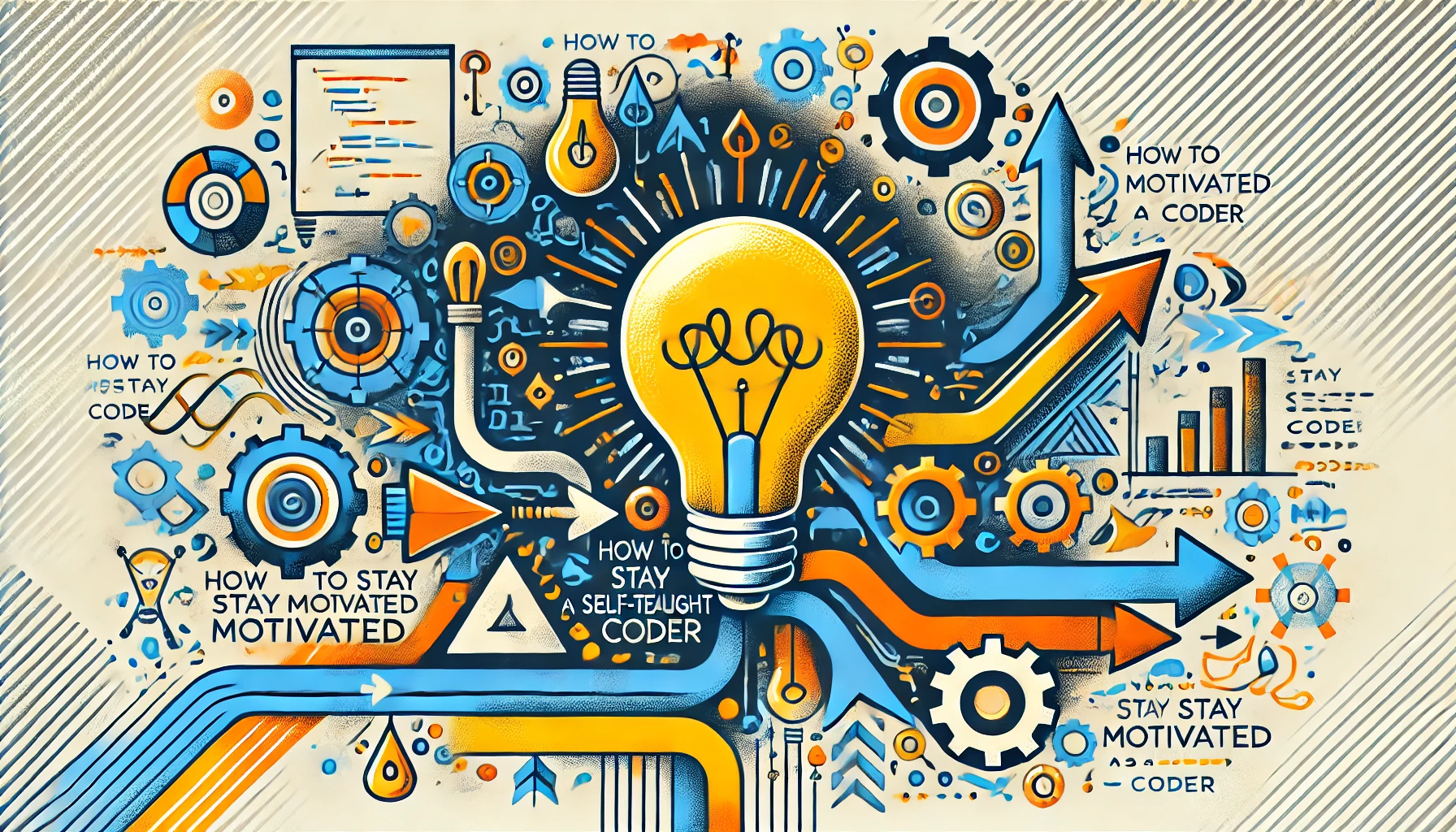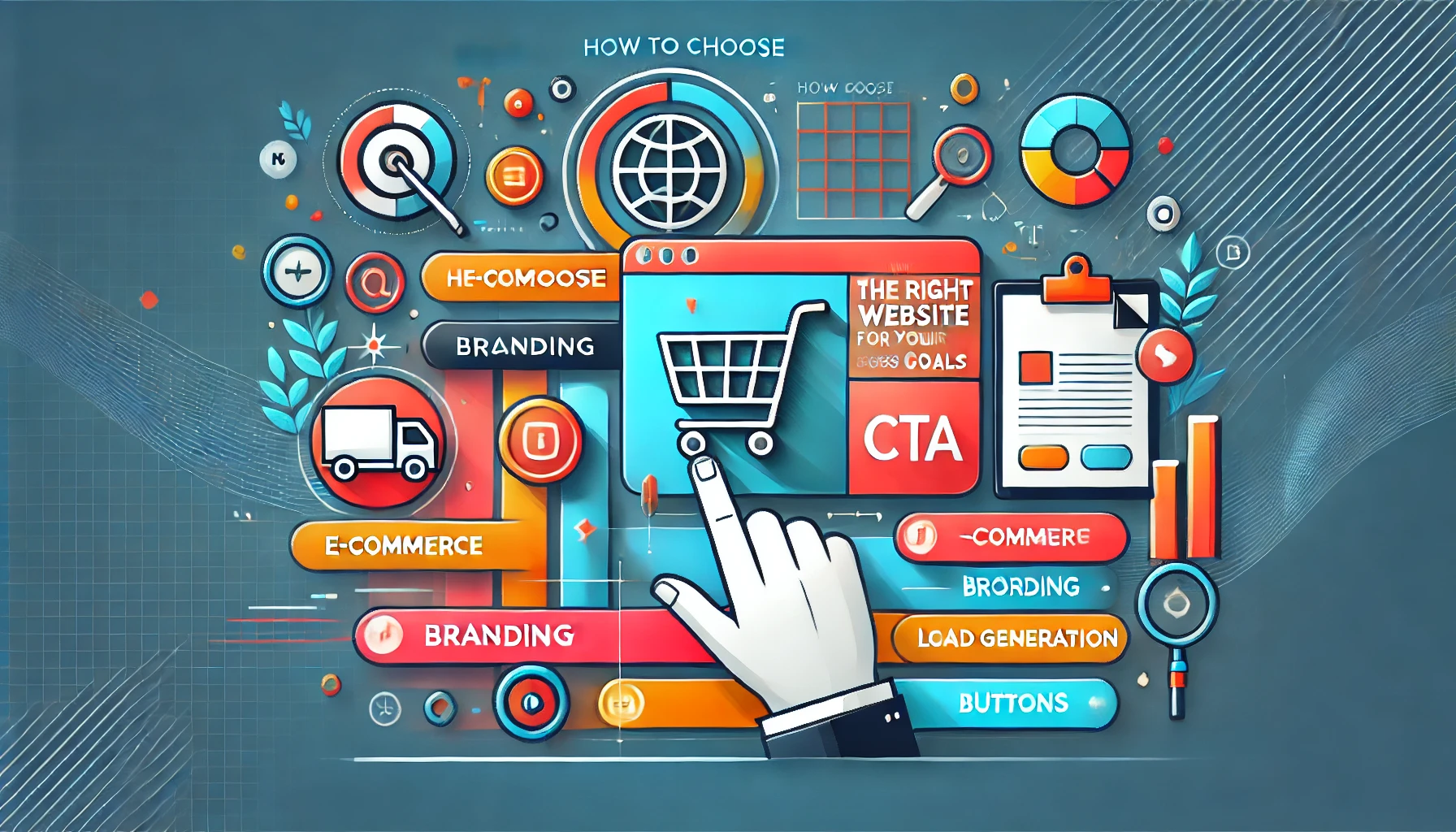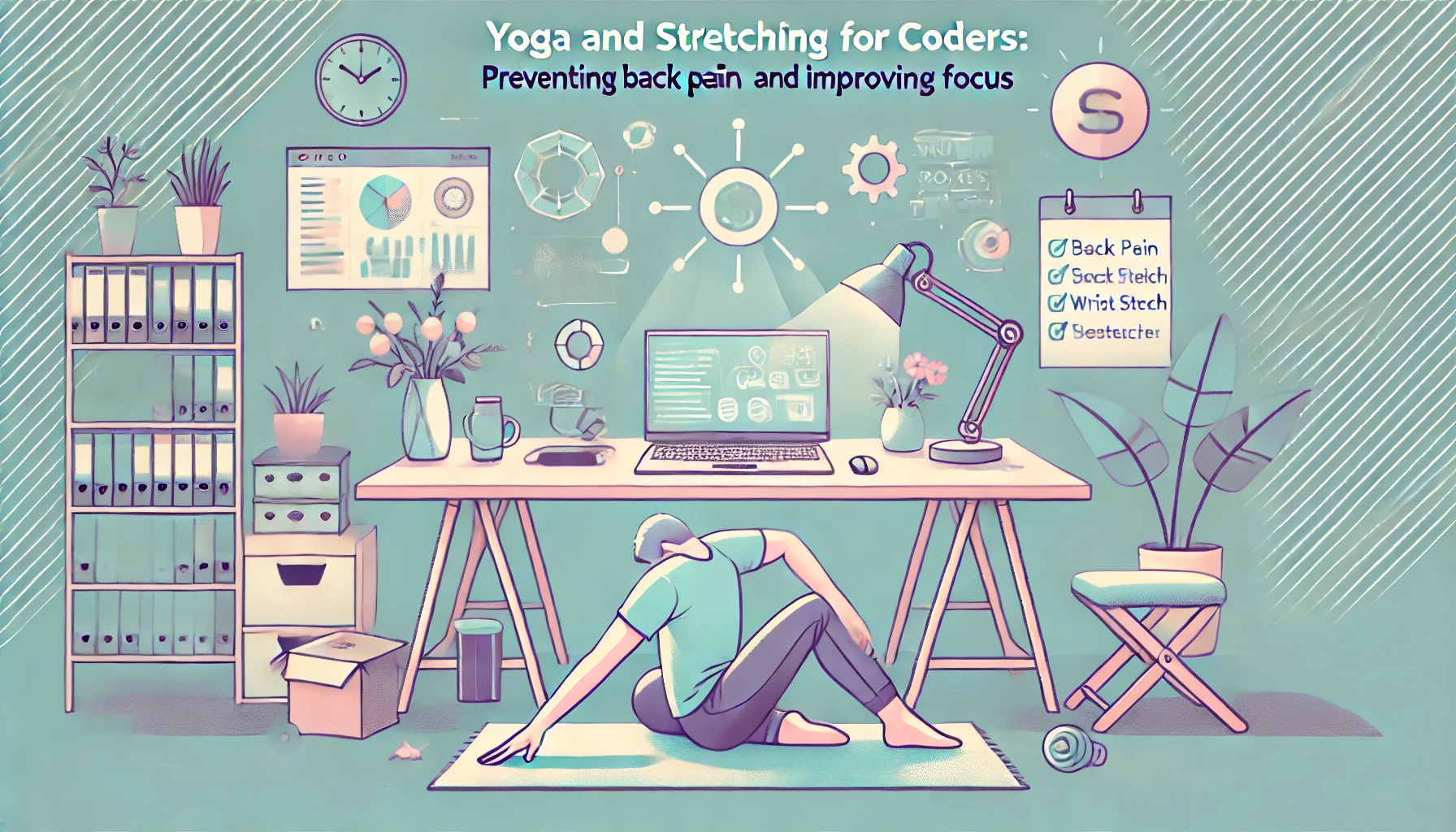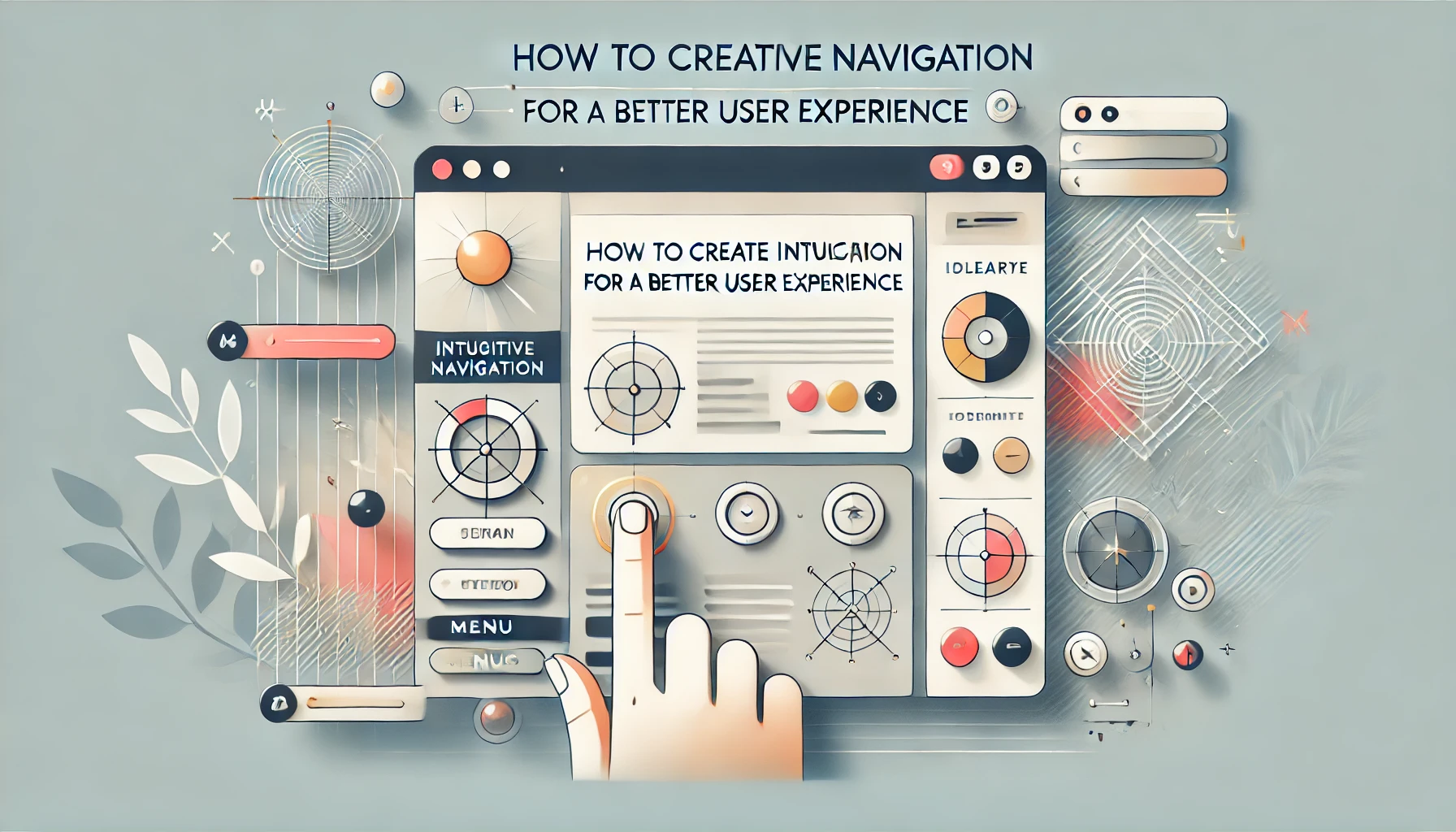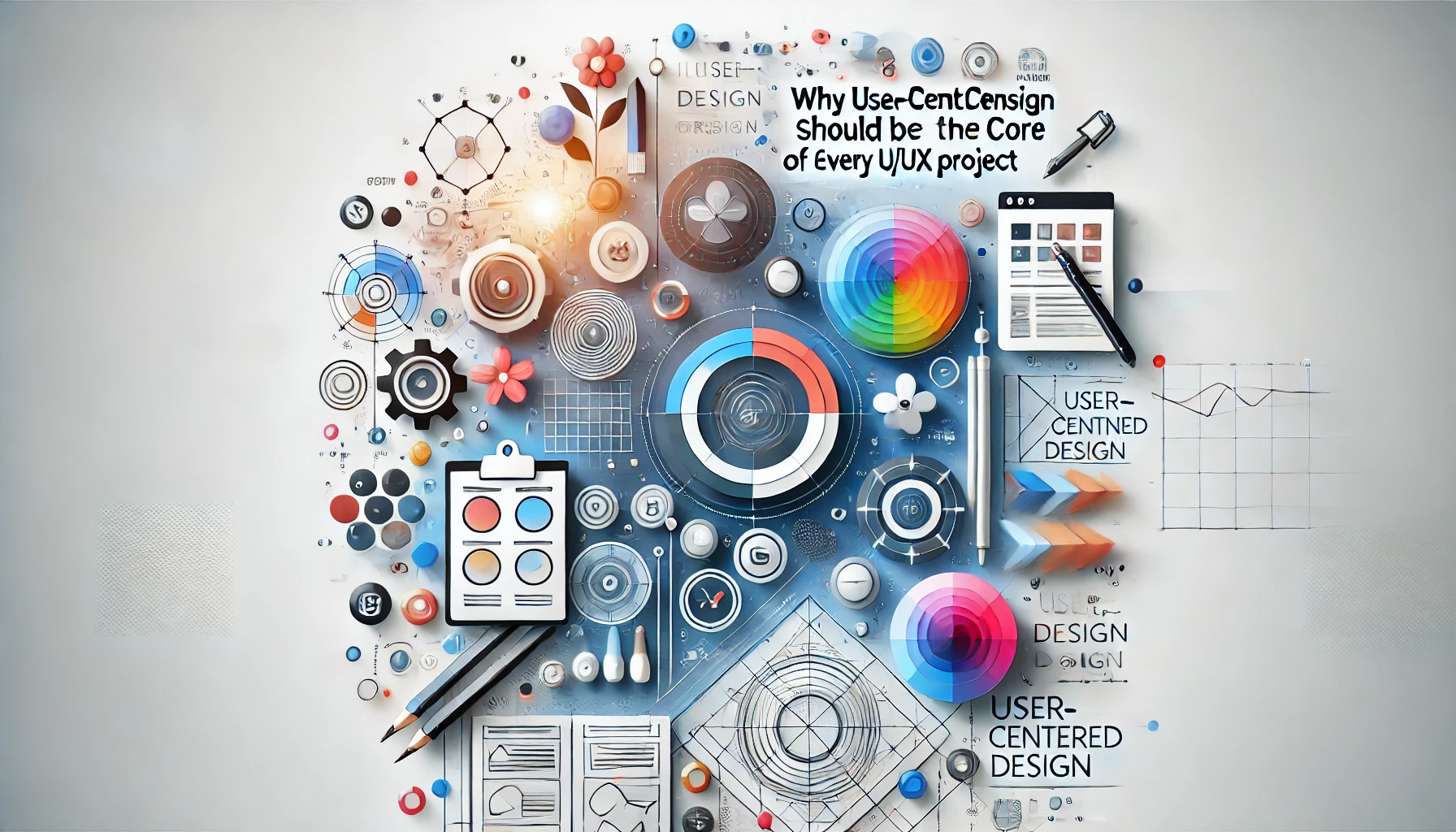
When it comes to creating successful websites and apps, one principle stands out above all others: User-Centered Design (UCD). Designing with the user in mind isn’t just a trend—it’s essential for creating intuitive, efficient, and engaging experiences that delight your audience. Whether you’re designing a website, mobile app, or software, UCD ensures that your designs meet real user needs, improve usability, and increase overall satisfaction.
In this post, we’ll explore why user-centered design should be at the core of every UI/UX project, and how it benefits both your users and your business. Let’s dive in!
What is User-Centered Design?
User-centered design (UCD) is a design philosophy and process that focuses on the needs, behaviors, and preferences of the users throughout the design and development phases. Instead of designing for yourself or based on assumptions, UCD encourages designers to place the users at the heart of every decision—from the very first brainstorming session to final testing and refinement.
The core idea behind UCD is simple: when you design for the user, you create solutions that are intuitive, useful, and relevant, which leads to higher engagement, more conversions, and better user retention.
Why User-Centered Design Matters
It Focuses on the User’s Needs and Goals
- One of the main reasons user-centered design is so effective is that it directly addresses user needs, pain points, and goals. Rather than designing something that looks good or makes sense to you as a designer, UCD ensures that your design solutions solve real problems and create value for the end user.
- Example: When designing a shopping app, a user-centered design approach would involve understanding what customers want in terms of product discovery, filtering, and checkout processes, and then aligning those features with their needs.
It Improves Usability and Functionality
- UCD involves continuous user feedback throughout the design process, which leads to a better understanding of how people interact with your site or app. As a result, your design will be easier to navigate and more intuitive.
- Example: Conducting user testing on a website’s navigation menu might reveal that a more straightforward, dropdown-style menu works better than a complex multi-level navigation system, improving usability and speed.
It Increases User Satisfaction
- When you design with empathy and an understanding of your users' behaviors and needs, the final product is more likely to resonate with them. This creates a positive experience that builds trust and satisfaction, ultimately leading to higher user retention rates.
- Example: A mobile banking app with user-centered design ensures that users can easily perform tasks like checking balances, transferring money, or finding customer support, leading to a seamless and positive experience.
It Drives Business Success
- By focusing on the user experience, you increase the likelihood of achieving your business goals. Happy users are more likely to engage with your brand, convert into customers, and return in the future.
- Example: If you’re designing an e-commerce site, a well-designed, user-centered shopping cart experience could increase the likelihood of a user completing a purchase. This could result in higher conversion rates and increased revenue.
How to Implement User-Centered Design in Your Projects
Conduct User Research
- Start by gathering information about your users through surveys, interviews, and user testing. Understanding who your users are and what they need from your product is the first step in creating a user-centered design.
- Use personas to represent your target users. These personas help ensure you’re designing with the right audience in mind.
Develop User Scenarios and Journeys
- Once you’ve gathered data, develop user scenarios that illustrate how different personas will interact with your product. This allows you to visualize the entire user journey, helping you create seamless, meaningful experiences.
- Example: A user scenario might involve a persona named Jane, who needs to book a flight on your travel website. By mapping out Jane’s journey—starting from searching for flights to completing the booking—you can identify friction points and streamline the process.
Iterate with Prototyping and Testing
- User-centered design is an iterative process. Build prototypes based on your research and test them with real users to gain feedback. This allows you to refine your design continuously and make improvements based on real-world data.
- Example: Testing a low-fidelity wireframe of your app can reveal issues in navigation or button placement that might not be obvious in the initial design phase.
Ensure Accessibility for All Users
- One key aspect of UCD is designing with accessibility in mind. Make sure your designs are inclusive of users with disabilities by adhering to WCAG (Web Content Accessibility Guidelines).
- Example: Including features like screen reader compatibility, text alternatives for images, and keyboard navigability ensures that your design is accessible to users with varying abilities.
Conclusion: UCD Equals Better Design, Better Results
User-centered design is more than just a trend—it’s a strategy that directly benefits both the user and your business. By focusing on the real needs and preferences of your users, you’ll create intuitive, functional, and satisfying experiences that drive success. Whether you’re designing a website, an app, or a software product, always remember to put the user first. It’s the most effective way to ensure your design resonates with your audience and delivers lasting results.
